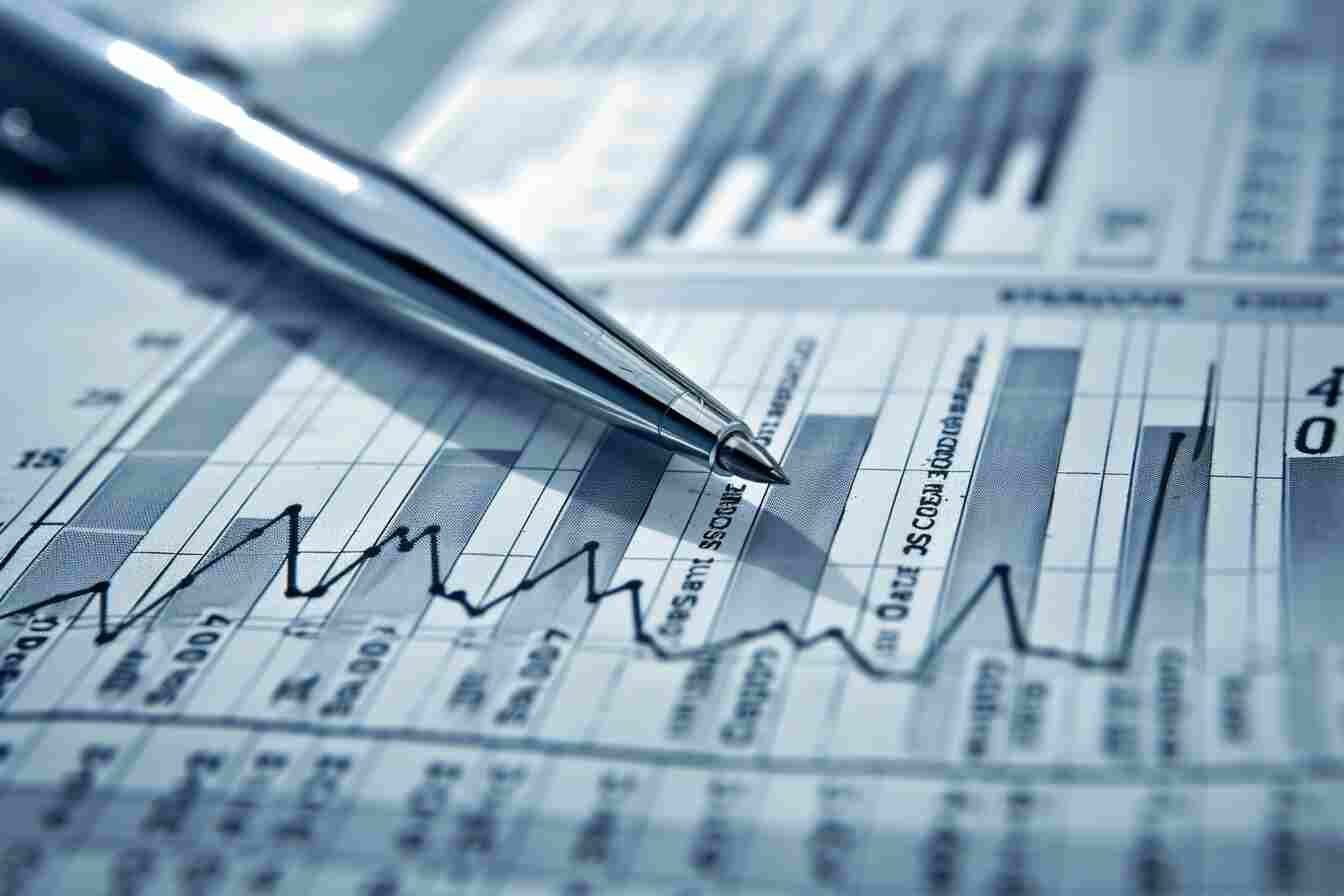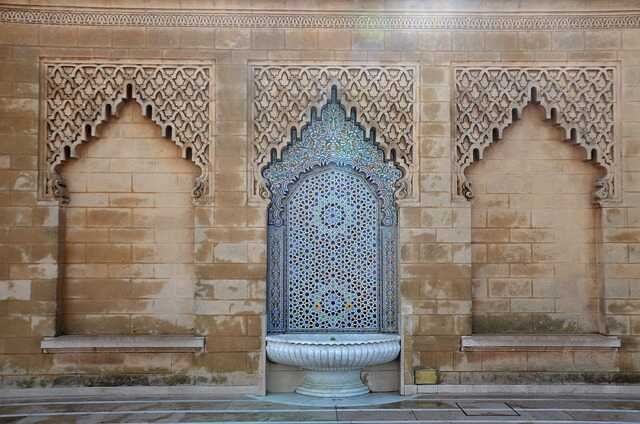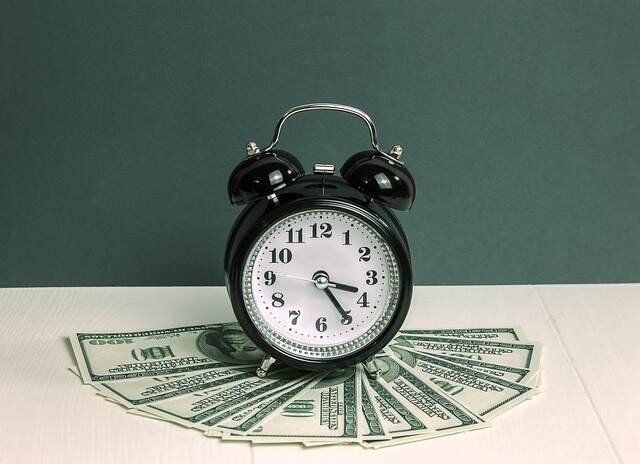ROA (Return on Asset)
ROA (Return on assets) refers to an economic concept used by economists and business leaders. It measures the ratio of a company’s bottom line to total assets. Thanks to the result obtained, financial analysts are able to estimate the rate of return on invested assets (and thus verify whether a company’s profitability is sufficient for its resources). If the return on assets can be practical to ensure the good financial health of a company, a few caveats must nevertheless be taken into consideration: it does not distinguish between the different assets of the company and takes little taking into account off-balance sheet commitments. The ROA nevertheless remains a valuable tool and an indicator of the good health of a company’s activity.
What is ROA?
Rate of return on invested assets
The ROA is used to check a company’s profitability.
The ROA makes it possible to verify the profitability of a company.
How to interpret it?
A good ROA depends on the company and industry, but 5% or higher is considered good.
So a high ROE and a low ROA can mean that the profit is generated from a high level of debt, while the profitability of the assets is insufficient. Some analysts believe that a company with a high ROA and ROE over a long period of time can be considered stable.
ROA formula
ROA = Net Income / Average Total Assets
or
ROA = Net Income / End of Period Assets
How to calculate the Return On Assets?
If you want to know where to look to define a company’s Return On Assets, this is where we indicate the process to follow:
- Net Income: Net Income is found at the bottom of a company’s Profit and Loss Statement, after Pre-tax Income (“current result before tax”) and taxes. Net Income is nothing other than the profits that a company generates after paying all of its expenses (production costs, OPEX, D&A, Interest, exceptional charges and taxes) during the financial year.
- Total Assets: Total Assets are found on the assets side of a company’s balance sheet.
Total Assets are all the assets of a business, that is, long-term assets and current assets.
Difference between ROCE and ROA
ROCE (Return on capital employed) is different from ROA. It expresses the profitability of a company’s invested capital after taxes. The invested capital includes the sum of fixed assets and the working capital requirement.
Benefits and limitations of ROA
A valuable tool, the ROA nonetheless has a few drawbacks:
- First, it puts all the assets on the same plane, although the risks are often different depending on the type of industry or sector.
- Then, it takes little account of off-balance sheet commitments (guarantee or financing activity which may not be entered in the company’s accounts).
However, the ROA is a valuable indicator. It is useful to put it in parallel with the ROE, another tool for calculating the yield taking into account the debt, unlike the ROA:
- Seeing these 2 indicators diverge is sometimes a bad sign. So high ROE and low ROA can mean that profit is generated from high leverage, while return on assets is insufficient.
- Some analysts believe that a company with a high ROA and ROE over a long period can be considered stable.
Questions and Answers
1. ABC Ltd. posts a net income of $10 million in current operations, and owns $50 million worth of assets as per the balance sheet, what is its return on assets?
Answer:
$10 million divided by $50 million is 0.2, therefore the business’s ROA is 20%. For every dollar of assets the company invests in, it returns 20 cents in net profit per year.
2. Maria’s business
| Net profit | $ 4 500 000 |
| Cost of debt | $ 102 000 |
| Tax rate | 35% |
| Total assets | $ 630 000 |
Answer:
ROA = 4500000/630000 = 7.14 (that is 714%)
And now with the adjusted debt:
= (4500000+(102000*(1-35%)))/630000
= 4566300/630000
= 7.25 (that is 725%)
Let’s say that Maria can make a lot of money with few assets.
3. If a business records net profit, net profit is a key component not only in the income statement, but in all three basic financial statements. If it is obtained through the income statement, net profit is also used in both the balance sheet and the cash flow statement. of $ 10 million in current operations and owns assets valued at $ 50 million according to the Balance Sheet Balance Sheet The Balance Sheet is one of three fundamental financial statements. These statements are essential for both financial modeling and accounting. The balance sheet displays the total assets of the company and how those assets are funded, either through debt or equity. Assets = Liabilities + Equity, what is its return on assets?
Answer:
$ 10 million divided by $ 50 million is 0.2, so the company’s ROA is 20%. For every dollar of assets the company invests in, it earns 20 cents in net profit per year.
4. A comparison of two businesses. Marie is launching a pastry shop with a classic decoration oriented to offer low and accessible prices. Elodie launches a pastry shop and offers high-end pastries. She does a conceptual interior decoration therefore oriented for medium and high-end customers. Which business is more profitable?
Answer:
| Marie’s Business | Elodie’s Business | |
| Net profit | 650 000€ | 1 620 000€ |
| Total assets | 1 500 000€ | 5 400 000€ |
| Return on Asset | 650000/1500000 = 43% | 1620000/5400000 = 30% |
We can therefore see that Marie’s business generates less results than Elodie’s but that it is more efficient.
Sources: PinterPandai, Investopedia, Corporate Finance Institute, Business Insider
Photo powered by Midjourney
The Future of Finance: How AI, Data, and Fintech Will Revolutionize the Way We Manage Our Money



